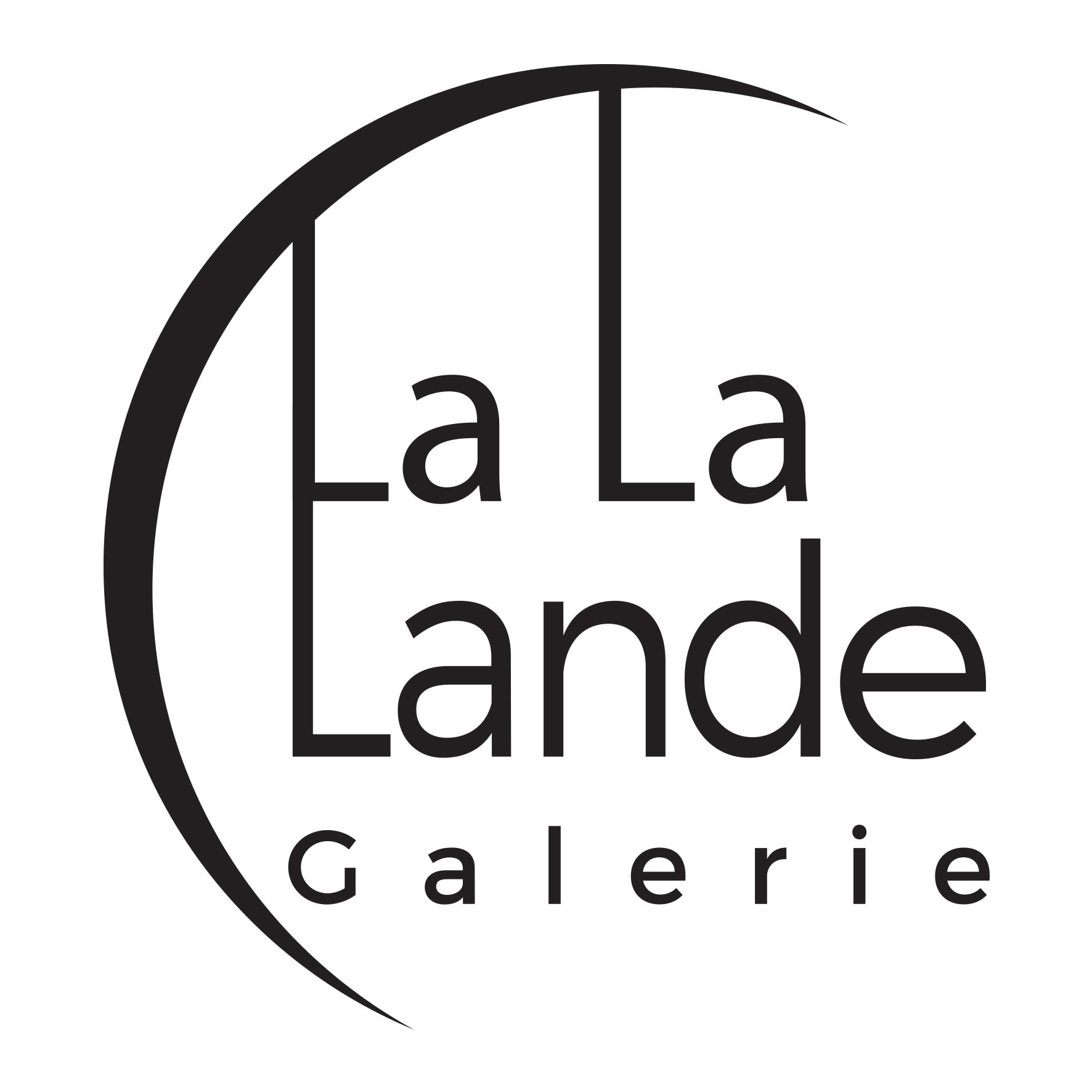Béchir Boussandel's poetic space combines ornament, light diffusion and miniature portraiture. In this painting, the image of the world is babelized with pleasure.
Places both empty and inhabited, the artist's colorful, moving dunes are dotted with lonely protagonists who echo each other in the immensity. Anachoretes who never meet, solitary in their crossing of the desert on moving plots, these few characters extracted from plural environments are arranged in isolation on the canvas as in a nursery rhyme: the dog, the horse and the palm tree; the sack, the Bedouin and the stick.
By virtue of their scale and meticulous craftsmanship, they are, so to speak, the figurines of a board game, so much so that their serene expectation, prodrome of an action, a direction, or any decision, calls for them to be moved. The game, however, is free of logic. Occasionally, an element repeats itself identically, like an anomaly reminding us of the unreality of these ludicrous lands.
Nor is physics the law, if we are to believe the polyfocal scheme that combines geographical bird's-eye views and small full-length portraits. This onirogenic dimension is evidenced by the psychedelic range of the backgrounds, with their gradations of dawn and dusk light, enhancing the often contrasting shadows of the figures.
The arrested, sometimes hieratic posture of these figures is treated with a polished touch, and contrasts with the hypnotism of the clay backgrounds painted with broad brushes in a physical relationship to color.
Within these paintings, the various objects are as small and defined as the space is large and uncertain. Here, the absence of a horizon, freezing the image in time and space, is as much metaphysical painting as Islamic ornament. A fanciful cartography, its treatment echoes the aspective figurations of the Nile Valley in ancient Egypt. As they became increasingly sedentary, the Egyptians developed a landscape iconography that focused more on human activities than on nature. These included kemet ("black earth" that receives the Nile flood), mehou ("marsh"), dechret (desert, "red", "ochre") and ouhat (oasis).
In his pseudo-topogaphical figuration, Béchir Boussandel also designates, as much as he fractures it, an apprehension of the territory by those who inhabit, discover and exploit it. Stylized in miniature and accompanied by attributes that define them by their profession, these surveyors, gardeners, delivery men and shoeshine boys all have to do with a certain idea of displacement. Roads, however, are out of the question.
These modern portulans are more a foil than a help to our sense of direction. All that remains is to find the right combination of scattered elements: as in a video game, objects are less landmarks than life points. Floors offer little in the way of stability, acting as floating platforms ready to disintegrate at the first game over.
Each painting is a fragment of a much larger space that can be explored on the same screen, like an interactive map. Underlying this fictitious territory is the confrontation between public and private, sedentary and nomadic. Which of these - the place or the character - actually moves in relation to the other? Henri Focillon used the term "vertigo of reduction" to describe Western miniatures, suggesting the confusion and exaltation induced by this distortion of size. The astonishing thing about Béchir Boussandel's painting is that it gives the small a broad and equal capacity to conquer the vast. For there is no hierarchy to order the occupants of the space: the composition dispenses with all centrality to occupy the picture space sporadically in a decorative bias. Neither foreground nor background, everything is played out in the margins.
Elora Weill-Engerer
Art critic / Exhibition curator


